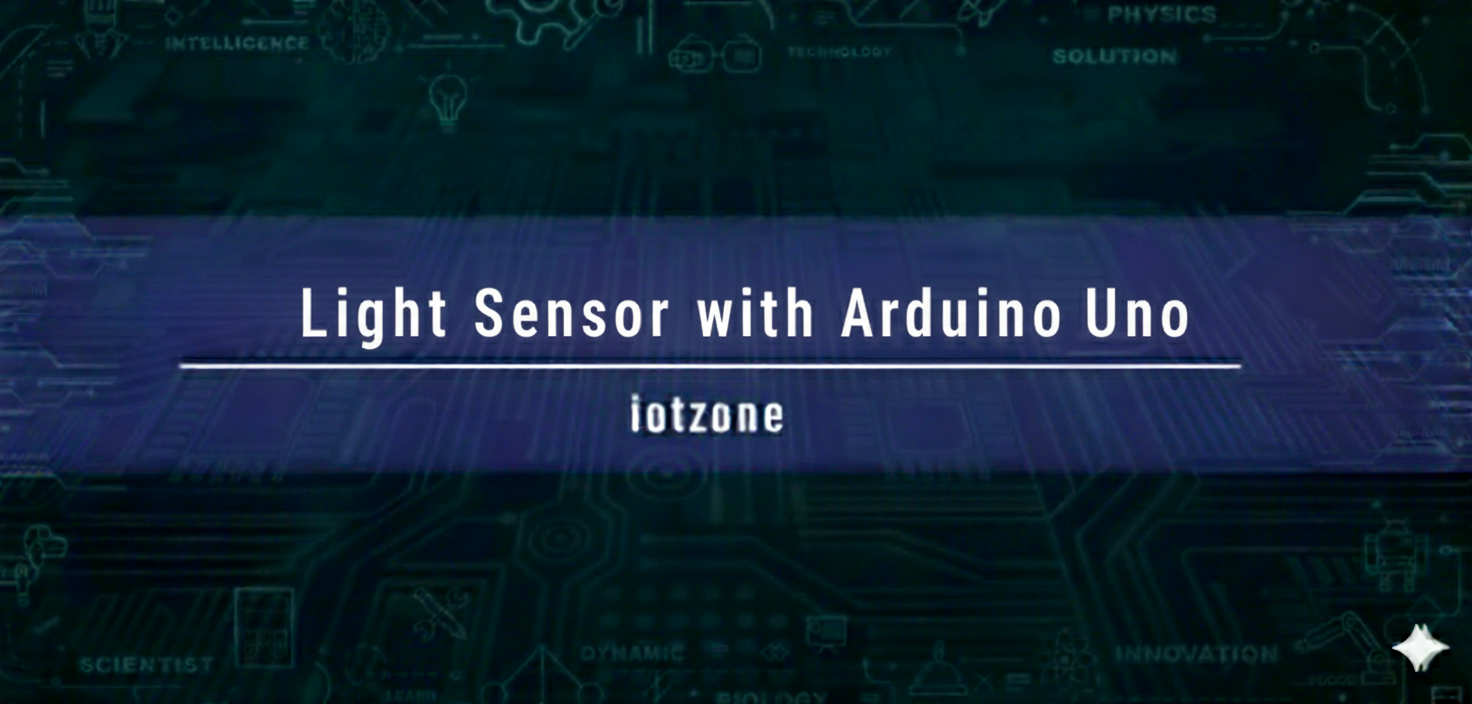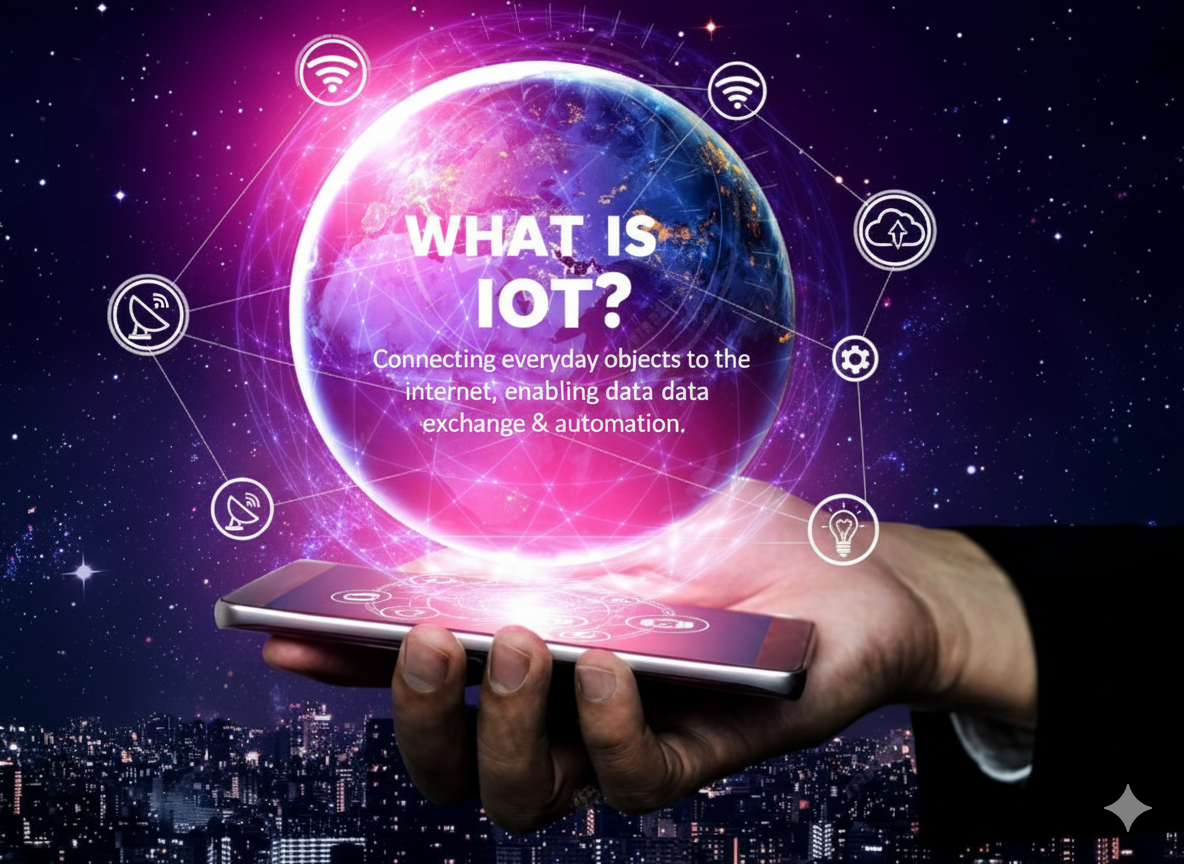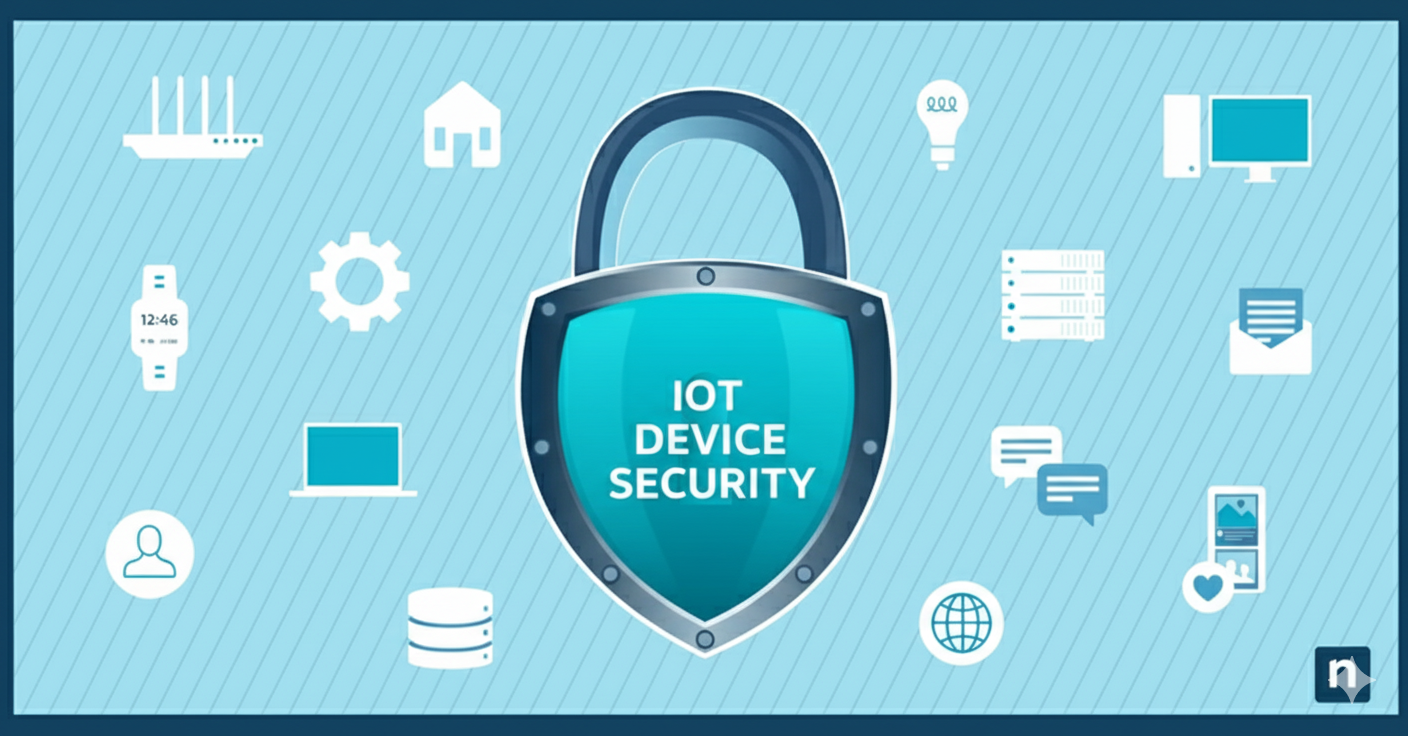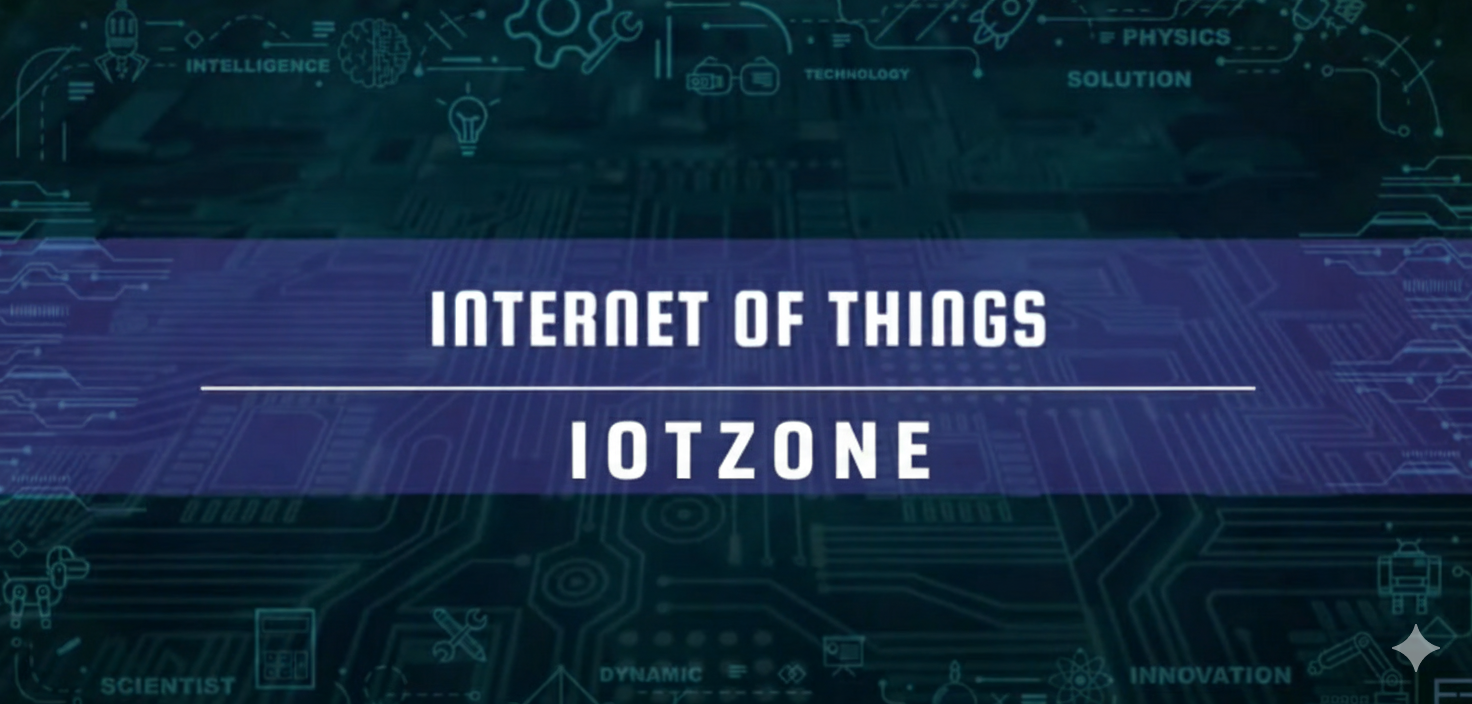How to Interface a Light Sensor with Arduino Uno for an Automatic Street Light System

Overview
Welcome to IoTZone! In this tutorial, we’ll show you how to interface a light sensor (LDR) with an Arduino Uno and build a simple automatic streetlight system. This project is perfect for beginners who want to dive into electronics, sensors, and programming with Arduino. We’ll walk you through the process step by step, from hardware setup to coding, so you can understand how light intensity affects the control of an LED. By the end of this guide, you'll have a fully functional light sensor circuit that turns an LED on or off based on the surrounding light conditions.
Materials Required:
-
Arduino Uno - The brain of the project that will control everything.
-
Light Dependent Resistor (LDR) - A light sensor that varies its resistance based on light intensity.
-
LED - Used to indicate the system’s response to light intensity changes.
-
Resistors - To limit the current flowing through the LED and LDR.
-
Jumper Wires - To make all necessary connections.
-
Breadboard - For assembling the components.
-
Power Source - A USB cable or a battery to power the Arduino Uno.
Circuit Diagram
Before we begin with the hardware connections, here is a simple circuit diagram of the setup.
Understanding the Circuit
Light Sensor (LDR) Setup
The Light Dependent Resistor (LDR) acts as a sensor in our circuit. It changes its resistance based on the light falling on it. The more light it receives, the lower the resistance. We use this characteristic to determine the level of ambient light.
-
LDR and Resistor Network: The LDR will be paired with a 10k ohm resistor in a voltage divider configuration. The output from this network will be connected to an analog input pin on the Arduino (A0 in our case) to read the light intensity. The LDR and the resistor are connected to 5V and Ground in such a way that the analog input (A0) measures the voltage drop between them, which is proportional to the light intensity.
-
LED Indicator: An LED is used to indicate whether it’s day or night. The LED will turn ON when it's dark and OFF when it's bright.
Resistor Ratings and Purpose
-
330-ohm resistor: This is used with the LED to limit the current and prevent damage to the LED.
-
10k-ohm resistor: This is used with the LDR to form the voltage divider circuit.
Wiring the Circuit
-
Connect the LDR to the breadboard and wire it to 5V on one side and Ground on the other.
-
Connect the 10k resistor in series with the LDR, ensuring one leg of the resistor connects to the LDR and the other to Ground.
-
Wire the output from the junction of the LDR and resistor to A0 on the Arduino to measure the light intensity.
-
Connect the LED to pin 7 (or any available digital pin) and its anode to 5V through a 330-ohm resistor.
- Ensure the ground is connected properly, so all components share a common ground.
Arduino Code for Light Sensor Circuit
The following Arduino code reads the light intensity from the LDR and turns the LED ON or OFF based on the threshold value you set. If the ambient light is below a certain level (indicating it’s dark), the LED turns ON, and if the light intensity is high (indicating it’s day), the LED turns OFF.
Step-by-Step Explanation of the Code:
-
Pin Initialization:
-
int ldrPin = A0;assigns the LDR sensor to analog pin A0. -
int led = 7;assigns the LED to digital pin 7.
-
-
Setup Function:
-
Serial.begin(9600);initializes serial communication for debugging and monitoring the light sensor values on the Serial Monitor. -
pinMode(led, OUTPUT);sets the LED pin as an output so the Arduino can control it.
-
-
Main Loop:
-
int data = analogRead(ldrPin);reads the light intensity from the LDR. -
The value of the light intensity is printed to the Serial Monitor using
Serial.print(). -
Thresholding: If the value of the light intensity (
data) is less than or equal to thethreshold, the LED is turned ON. Otherwise, it is turned OFF.
-
Testing the System
Once you’ve uploaded the code to your Arduino and built the circuit, you can test the system by changing the light conditions around the LDR. The Serial Monitor will display the current light sensor value. When the value falls below the threshold, the LED should light up, simulating an automatic street light turning ON in the dark.
-
Test the Sensor: Block the light with your hand and observe how the sensor value decreases and the LED turns ON.
-
Test with Light: Shine a light on the sensor, and the value should increase, causing the LED to turn OFF.
Conclusion
In this project, we successfully interfaced a light-dependent resistor (LDR) with an Arduino Uno to create an automatic streetlight system. The system reads the light intensity and uses that data to control an LED, simulating an automatic light that turns ON in the dark and OFF when it is bright. This is a great beginner project to learn how sensors work with Arduino and to explore simple light-based automation systems.
Administrator
Frequently Asked Questions
Common questions about How to Interface a Light Sensor with Arduino Uno for an Automatic Street Light System. Find answers to the most frequently asked questions.
User Reviews & Comments
Share your experience with this IoT Blog. Your feedback helps our community make informed decisions!
Share Your Experience
Help others by sharing your thoughts about this IoT Blog.
Related Blogs
Explore more IoT Blogs in the same category

What is the Internet of Things (IoT)?
Tutorials
The Internet of Things (IoT) connects everyday devices to the internet, enabling smart homes, healthcare, farming, and industries with automation, real-time monitoring, and data-driven insights.

IoT Security Risks and How to Protect Your Devices
Tutorials
Learn how to secure your IoT devices at home and office, reduce cyber risks, and protect privacy with best practices for a safer connected world.

IoT Components: Working of IoT, Sensors & Actuators, Role of IoT, IoT Cloud, IoT Analytics
Tutorials
Explore IoT components, working, sensors, actuators, IoT cloud, and analytics. Learn how IoT transforms data into insights, connecting devices for smarter and efficient solutions.
No Reviews Yet
Be the first to share your experience with this IoT Blog!